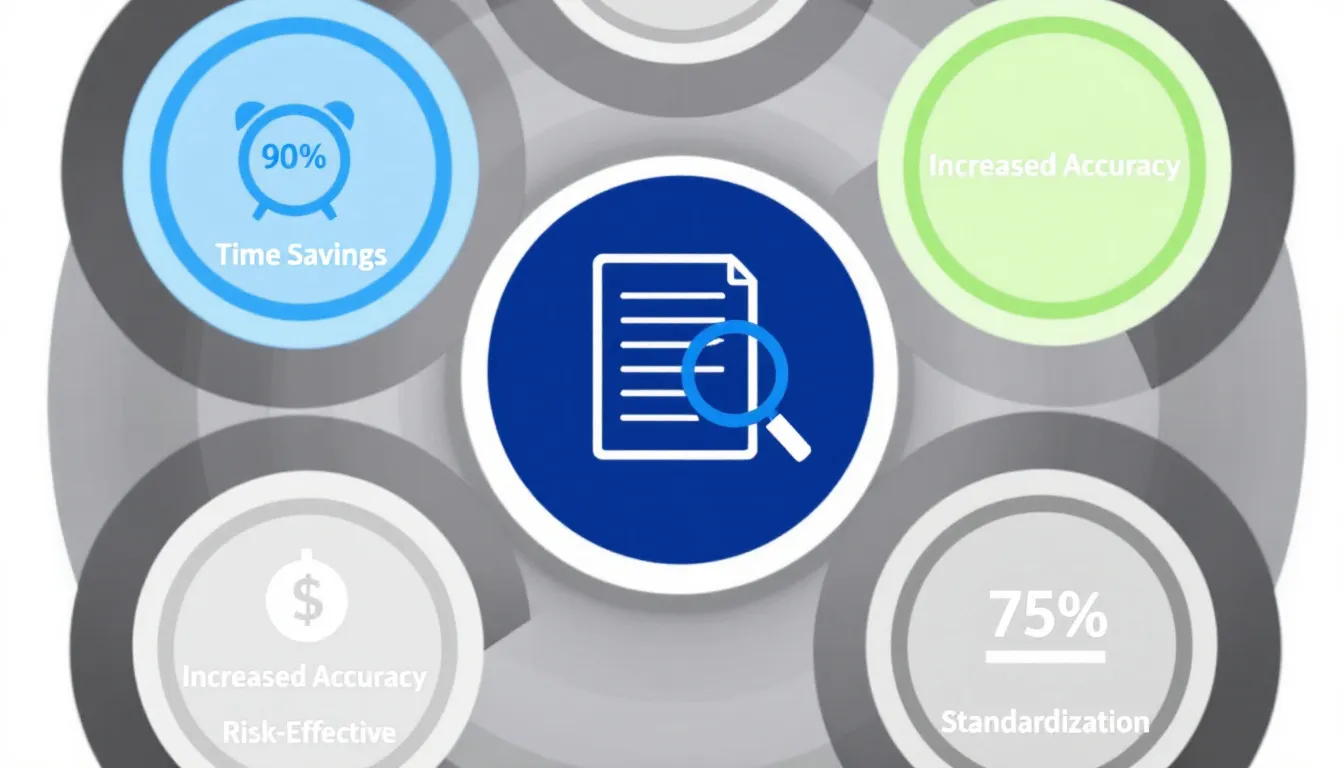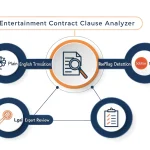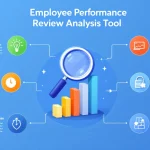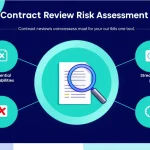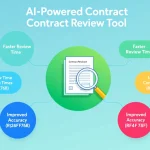Contract Analysis Tool
Is this tool helpful?
How to Use the Contract Analysis Tool Effectively
You can quickly obtain a detailed legal review of your contracts by following these straightforward steps. The tool is designed to analyze your full contract text and provide insights on key terms and clauses.
- Open the Contract Analysis Tool: Navigate to the page where the tool is available on our website.
- Prepare Your Contract Text: Ensure your contract document is in a digital format so you can easily copy and paste the contents.
- Enter the Contract Content: Paste the entire contract text into the input field labeled Full text of the contract to be analyzed. For example:
- A partnership agreement outlining roles and responsibilities between co-founders.
- A vendor service contract specifying deliverables and payment terms.
- Verify Completeness: Double-check that you included the full contract—this means all clauses, addendums, and annexes are included.
- Start the Analysis: Click the Analyze Contract button to submit your contract text for review.
- Wait Patiently: The tool processes your input and produces an in-depth analysis. Processing time will vary based on contract length and complexity.
- Review the Output: Once complete, the tool provides a breakdown of important contract elements and potential risks.
- Copy and Use Results: If you want to save or share the analysis, copy the results to your clipboard and paste them into your preferred document or communication app.
Understanding the Contract Analysis Tool: Definition, Purpose, and Benefits
What Is the Contract Analysis Tool?
This tool is a web-based application that automates the review of legal contracts. It acts like a digital legal assistant, identifying key terms, clauses, and potential risks within your contracts. It’s suitable for legal professionals, business managers, and anyone handling contracts.
Purpose of the Tool
The tool’s main goal is to make contract reviews faster and more accurate by automating the initial analysis. It reduces manual effort, enabling legal teams to focus on complex negotiation and risk evaluation.
Key Benefits of Using the Contract Analysis Tool
- Save Time: Cut routine contract review hours by up to 80%, speeding up decision-making.
- Improve Accuracy: Reduce the chance of missing critical clauses or potential liabilities.
- Ensure Consistency: Standardize contract assessments across your organization.
- Lower Costs: Decrease legal expenses by automating repetitive review tasks.
- Clarify Legal Language: Provide clear explanations of complex terms to non-legal users.
Practical Applications of the Tool in Contract Management
1. Mergers and Acquisitions
Legal teams reviewing hundreds of contracts can use the tool to quickly find clauses like change of control or non-assignment provisions. This streamlines due diligence and highlights potential deal risks.
2. Commercial Real Estate Deals
Analyze lease agreements to spot unusual conditions, compare terms to market standards, and flag liabilities such as zoning or environmental issues that could impact property use.
3. Employment Contract Reviews
HR professionals can verify compliance with labor laws, identify unenforceable clauses like overly broad non-competes, and align employment terms across departments for consistency.
4. Software Licensing and SaaS Agreements
Assess critical contract parts such as service level agreements, liability limits, and privacy policy clauses to ensure adherence to regulations like GDPR and industry standards.
5. Supply Chain and Vendor Contract Management
Compare vendor agreements to detect exclusivity or unfavorable terms, and review force majeure clauses affecting supply chain reliability.
How the Contract Analysis Tool Solves Common Contract Review Challenges
1. Quickly Identifying Critical Terms and Clauses
Contracts can be dense. The tool highlights essential clauses like indemnity, limitation of liability, and termination conditions. For example, it may point out a clause where a licensee agrees to indemnify the licensor, explaining the potential consequences.
2. Uncovering Hidden Risks
Some risks hide in vague language or missing provisions. The tool flags ambiguous wording, uneven obligations between parties, or absent clauses, such as missing force majeure provisions that could impact obligations during unforeseen events.
3. Ensuring Regulatory Compliance
Laws change constantly. The tool cross-checks contract clauses against current regulations, flags noncompliant elements, and suggests adjustments. For example, it can highlight a non-compete clause exceeding state limits.
4. Standardizing Contract Language
Variation in contract language can cause confusion. This tool compares your contract clauses to approved standards and suggests more consistent wording to align with company policies.
5. Facilitating Negotiations
Preparation for negotiations requires knowing what can be improved. The tool highlights terms typically negotiated and offers alternative phrasing to help you prepare counterproposals backed by industry insights.
Summary
By using this Contract Analysis Tool, you make reviewing legal agreements faster, more consistent, and less prone to error. It helps you spot important terms, uncover risks, ensure compliance, and improve the negotiation process. Whether you’re handling employment contracts, real estate deals, or vendor agreements, this tool supports a reliable contract management workflow.
Important Disclaimer
The calculations, results, and content provided by our tools are not guaranteed to be accurate, complete, or reliable. Users are responsible for verifying and interpreting the results. Our content and tools may contain errors, biases, or inconsistencies. Do not enter personal data, sensitive information, or personally identifiable information in our web forms or tools. Such data entry violates our terms of service and may result in unauthorized disclosure to third parties. We reserve the right to save inputs and outputs from our tools for the purposes of error debugging, bias identification, and performance improvement. External companies providing AI models used in our tools may also save and process data in accordance with their own policies. By using our tools, you consent to this data collection and processing. We reserve the right to limit the usage of our tools based on current usability factors.
